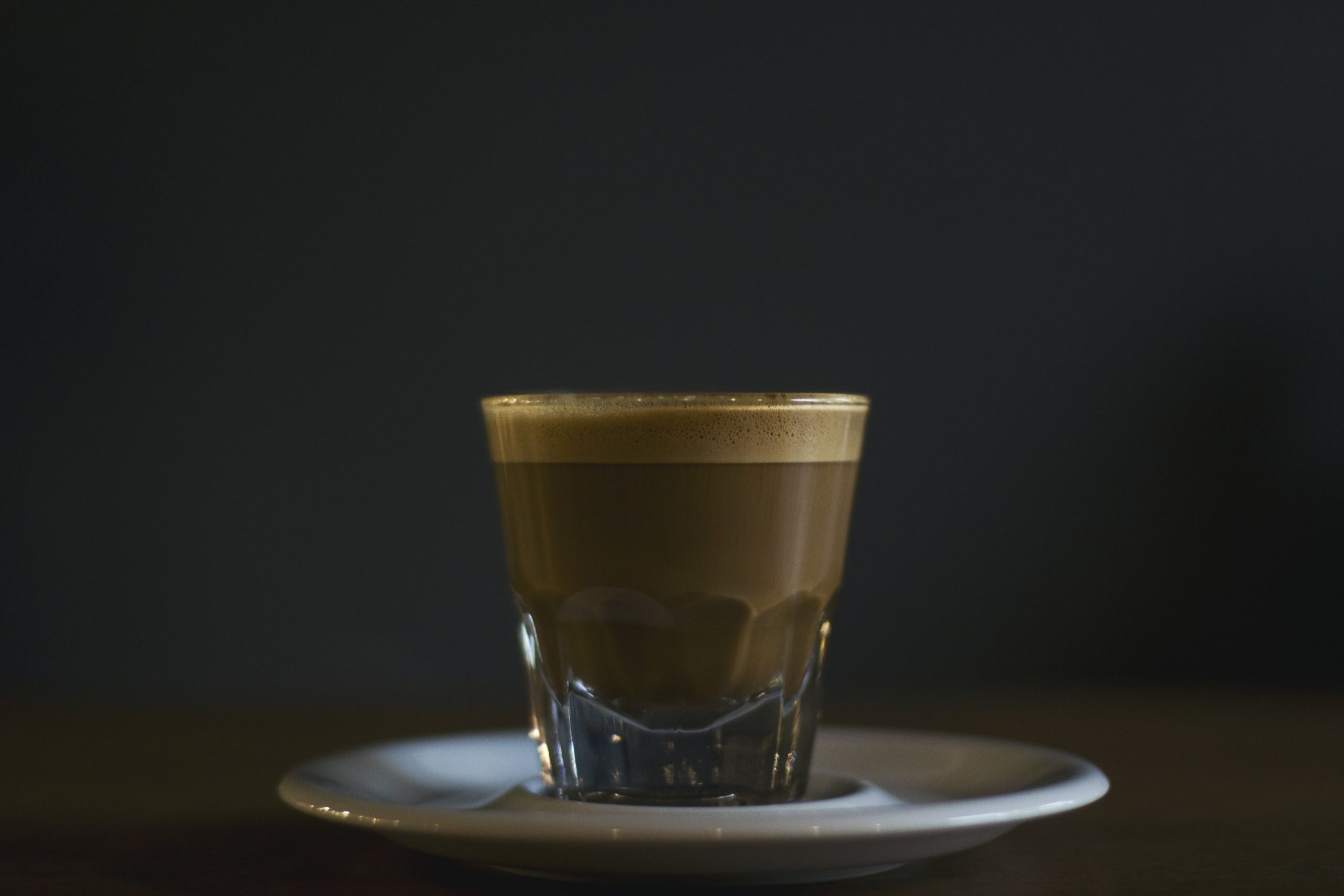Want to know more about espresso crema? Look no further than this article.
You'll find out what espresso crema is and what factors influence its appearance.
Let's take a look.
What Is Espresso Crema?

Crema is the foam on the surface of an espresso. It forms during extraction.
Its appearance is influenced by the way the coffee is processed, by the freshness of the espresso beans, and by the extraction process.
Crema causes heated debate among espresso lovers and among baristas; for some, crema is an integral part of the perfect espresso, while others see it as a worthless byproduct of extraction.
Research has shown that coffee shop guests pay attention to whether crema is present on their espresso. A drink with crema can seem tastier and of higher quality.
Perhaps this is because people are used to seeing coffee with good crema in photos and believe this is how perfect espresso should look. They might be alarmed if a barista serves them espresso with underwhelming crema or no crema at all.
At coffee championships, baristas evaluate the presence of crema espresso. This allows them to learn about the quality of the coffee, from how it was processed to how fresh it is. At the same time, coffee industry professionals argue that good crema is not necessarily an indicator of good taste, and tasting should be carried out in any case.
How Is Espresso Crema Formed?
Espresso crema is formed during the extraction process when hot water passes through the ground coffee under high pressure.
Crema consists of the following components:
1
Carbon dioxide, which forms in the beans during roasting and is released for two weeks after roasting.
2
Melanoidins, large hydrophobic molecules that are also formed during roasting. They give coffee beans their brown color and can have roasted aromas and bitter tastes.
3
Oils, proteins, sugars, and other compounds that were originally in the coffee beans.
Pressurized water flows through the ground coffee in the portafilter and dissolves the carbon dioxide.
Melanoidins surround themselves with carbon dioxide bubbles to protect themselves from water. In this way, they stabilize the bubbles.
When the coffee enters the cup and the pressure is normalized, the gas bubbles float to the top.
High water pressure is the main prerequisite for the formation of espresso crema because it's the only way water can dissolve the carbon dioxide. Therefore, coffee brewed with alternative methods such as Hario and Chemex pour-over coffee makers or the French press does not form a crema.
What Affects the Formation of Espresso Crema?
The presence or absence of crema in a shot of espresso is influenced by several factors:
1
Processing method
3
Extraction
4
Freshness of the beans
Let's take a closer look at each factor:
Processing method
Natural- or honey-processed coffees usually yield more crema.
This is because these coffees contain more oils, proteins, and sugars, which contribute to the formation of a stable espresso crema.
Washed-processed coffees produce little crema because they contain fewer substances.
Types of coffee beans
Blends with Robusta create a plentiful, thick crema.
If you use single-origin Arabica coffee beans, your shot of espresso will have a weaker crema that disappears much faster than the crema created from a blend with Robusta. But the aroma of an Arabica crema will be much brighter.
Extraction
If the espresso is not sufficiently extracted, the crema will be light and thin and disappear quickly.
The reason for under-extraction may be too coarse a grind, the wrong ratio of coffee to water, or low water temperature.
If the espresso is over-extracted, the crema will be dark, uneven, and bubbly.
Over-extraction can occur when the grind is too fine, when too much coffee is used for the amount of water used, or when the water temperature is too high.
Aesthetic, stable crema is an indirect indicator that good extraction has been achieved.
Freshness of the beans
Freshly roasted beans will result in more crema.
This is because the beans continue to emit carbon dioxide in the first two weeks after roasting.
Once the two weeks have passed and there is less gas, the crema decreases.
How to Get a Lot of Espresso Crema
Here are ways to get more crema on top of espresso:
Use natural- or honey-processed beans.
Use fresh coffee. The best choice is a blend of Arabica and Robusta that was roasted less than two weeks ago.
Make sure the conditions for good extraction are met: correct water temperature, correct dosage of ground coffee, and correct grind size.
What to Do With Espresso Crema
Crema usually tastes bitter. It can be even more bitter than the espresso itself.
What should you do with it?
Some people recommend removing it from the espresso; others recommend stirring it in.
Stirring allows you to combine the taste of coffee and crema to get a more balanced drink.
Removing the crema will remove some of the ashy bitterness from the drink. A shot of espresso without crema has a sweeter taste and a lighter body.
Conclusion
Good espresso crema does not guarantee the quality or taste of an espresso shot, so don't give up on coffee that doesn't have what you think is a sufficient amount of crema.
Always taste your espresso shot before judging it.
